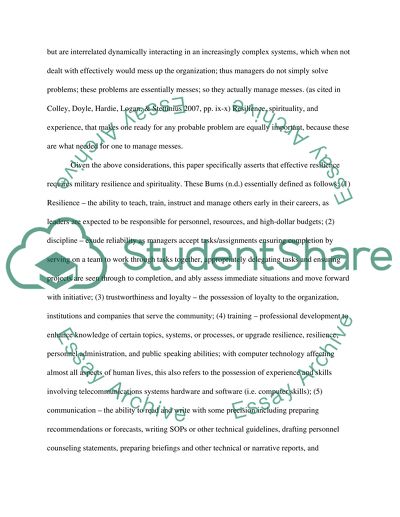Cite this document
(“Resiliency and Spirituality in the Military Research Paper”, n.d.)
Resiliency and Spirituality in the Military Research Paper. Retrieved from https://studentshare.org/psychology/1652163-resiliency-and-spirituality-in-the-military
Resiliency and Spirituality in the Military Research Paper. Retrieved from https://studentshare.org/psychology/1652163-resiliency-and-spirituality-in-the-military
(Resiliency and Spirituality in the Military Research Paper)
Resiliency and Spirituality in the Military Research Paper. https://studentshare.org/psychology/1652163-resiliency-and-spirituality-in-the-military.
Resiliency and Spirituality in the Military Research Paper. https://studentshare.org/psychology/1652163-resiliency-and-spirituality-in-the-military.
“Resiliency and Spirituality in the Military Research Paper”, n.d. https://studentshare.org/psychology/1652163-resiliency-and-spirituality-in-the-military.


